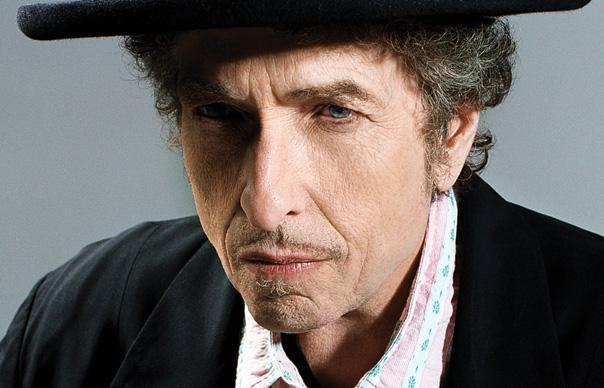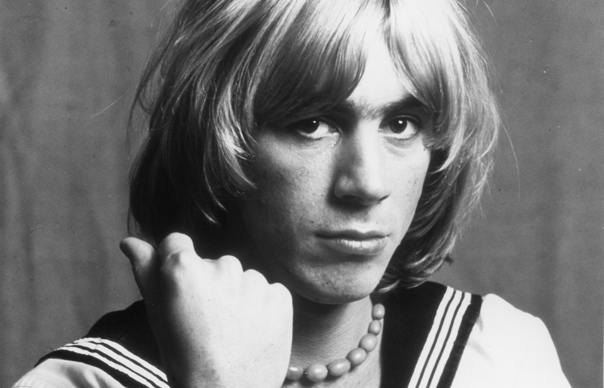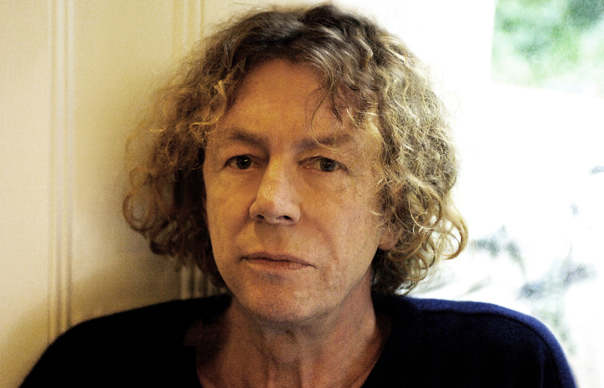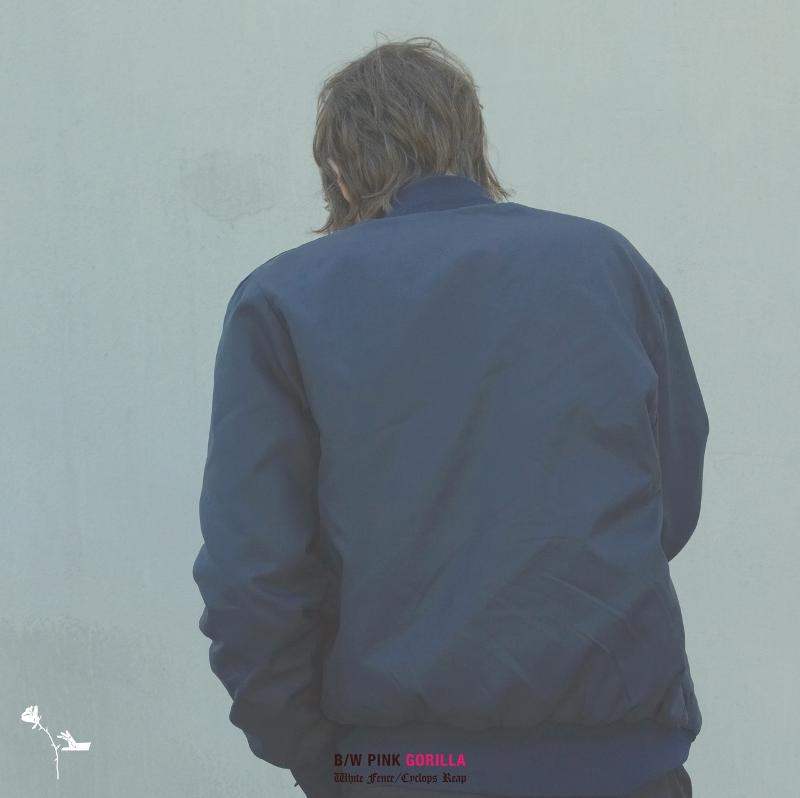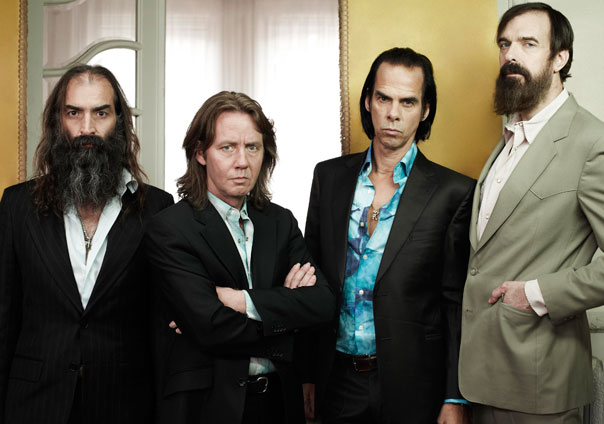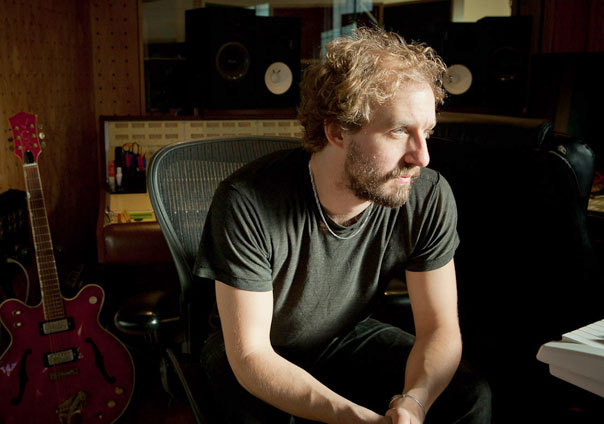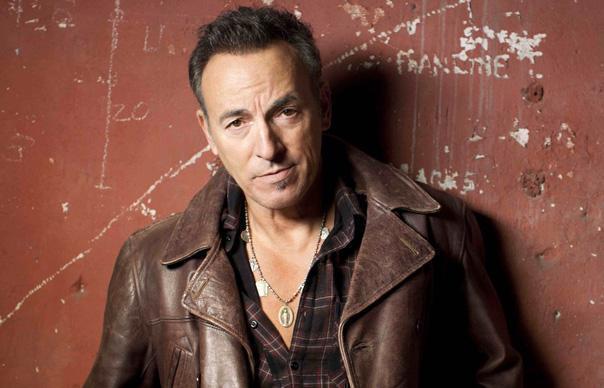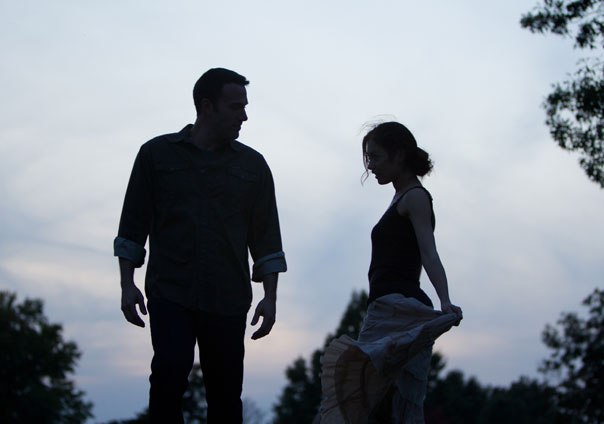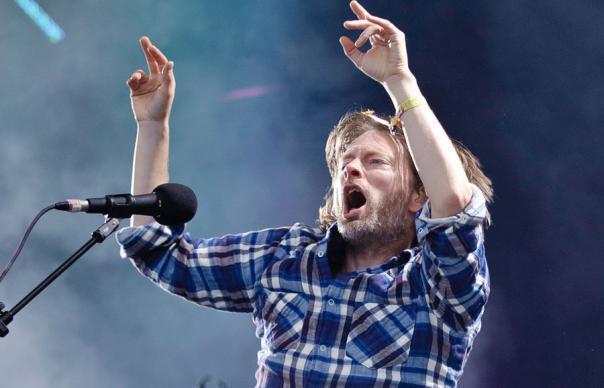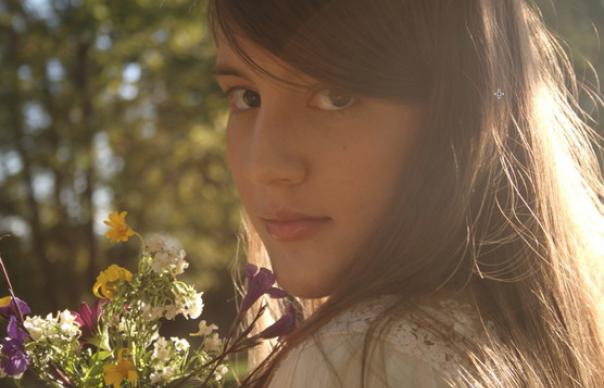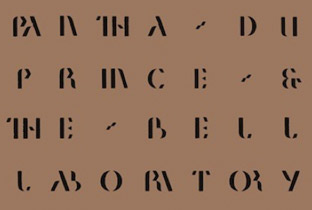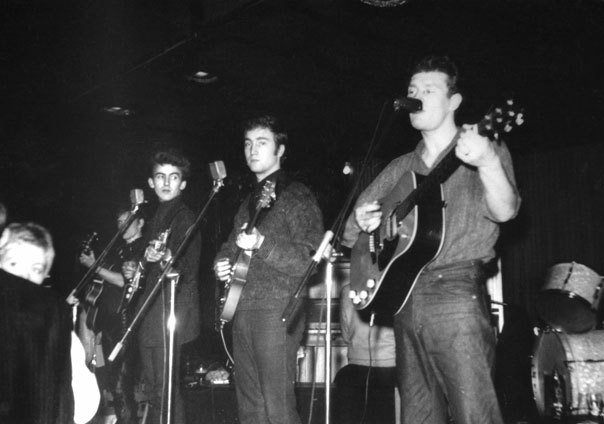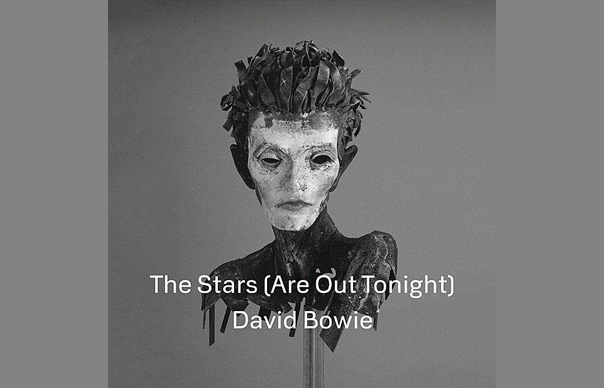In the issue of Uncut dated December 2008 (Take 139), Kevin Ayers talked us through the making of some of his finest albums – including the Soft Machine’s debut, through his collaboration with Brian Eno, John Cale and Nico, his much-loved solo album Whatevershebringswesing, and more.
Interview: John Robinson
__________________
Having been one of the architects of the “underground” while a member of Soft Machine, by 1969 Kevin Ayers had decided to follow a still more eccentric calling. Inspired by the endless possibilities of wine, women and song, Ayers embarked on a solo career as a writer of eccentric, uniquely charming music that is as inspirational as it is commercially undervalued. We meet him in his manager’s Notting Hill flat, a remarkably unscathed 64, his charm and his velvet jacket both apparently untouched by the passing time.
__________________
THE SOFT MACHINE
The Soft Machine
(1968) ABC Probe
Produced by Chas Chandler and Tom Wilson
The debut LP by one of the most influential groups of the “underground” era. After several demo sessions in London, the album is recorded in New York during a break in the band’s tour supporting the Jimi Hendrix Experience. Begins Ayers’ love/hate relationship with the music business.
We did demos in London with Joe Boyd, and Kim Fowley…a lot of weirdos. I think the reason Jimi Hendrix liked us as a band was that we were weirdos. We had a very strange combination of people if you think of the backgrounds, and also different musical and literary influences. We were never going to be a hit band… I think we knew that and other people knew it, too. We were sort of curios: all English, middle class, myself a colonial boy from Malaysia. There was this alleged Canterbury sound, which consisted of about seven people: Mike [Ratledge, organ] and Robert [Wyatt, drums] went to the same school, and I went to a ghastly boarding school after coming back from Malaysia. There was a real kindred spirit – Canterbury wasn’t a big town, we shared interests in jazz, in art, literature, all that stuff. We had a group called the Wilde Flowers, where we learned the basics, then gravitated towards my writing songs and [roadie, later bass player] Hugh Hopper writing songs. A guy called Daevid Allen [founder member/collaborator, who later formed Gong], who was a big influence on all our lives, wasn’t allowed back into the country because he was Australian, so we became the Soft Machine trio, and we did all the road work, up and down the M1, the M4, for nothing. But we did get the basis of a sound and an idea. A lot of people hated it at the time, the early Soft Machine [laughs]. It wasn’t yer pub band – you couldn’t dance around with your girlfriend. But it was the beginning of a movement which came to include Pink Floyd and the whole underground. It was totally unfamiliar ground. There wasn’t really a category for us, this bunch of weirdos. Soft Machine had a certain power, it didn’t fit in any slot. We ended up recording it in New York. And what a let-down that was. We had the guy [Tom Wilson] who did Dylan, and all he did was sit on the telephone and talk to his girlfriend while we played a live set. So there was no production whatsoever. It was one of the reasons I got out of Soft Machine. A top producer, a top studio…but no-one seems to give a fuck.
KEVIN AYERS
Joy Of A Toy
(1969) Harvest
Produced by Kevin Ayers and Peter Jenner
After his return from the Hendrix/Soft Machine tour in 1968, Ayers decides enough is enough with the band’s “pseudo jazz” and falls into a solo career. No hard feelings, thought: both Wyatt and Ratledge show up to play on Ayers’ solo debut.
There was no plan when I joined the Soft Machine, I just fell in with these people. And when I left, it wasn’t a bad break-up, at all, just a definite parting of the ways. Soft Machine had been like my family for quite a few years – there was no bad feeling; in fact I think they were probably quite happy to get rid of me, because they wanted to do something that I didn’t want to do. Basically, I’m a simple songwriter, I’m not a jazz musician, and the way they were going didn’t interest me – but it was amicable parting. The songs had been written for the Soft Machine, but really the title says it all: it was just fun to be able to work on my own thing, in my own way without other people’s advice or influence. It was something I had to do: I needed to do something to make a living and because I had my own ideas, which sometimes worked and sometimes didn’t. It’s mostly tongue in cheek, I never took myself or the business too seriously, but there’s a dark side as well as the light side, which is evident in the body of work. There are a lot of areas which go into the depths, and there are some very silly songs. At that time Harvest was unique, because they were a separate body from the massive EMI machine. They were a great team, they were keen and encouraging, and they basically reported back to the people in suits, and said “This is worth putting out…”
KEVIN AYERS
Whatevershebringswesing
(1971) Harvest
Produced by Kevin Ayers and Andrew King
Ayers’ most commercially successful record, and arguably his best-loved. Contains the magnificent joy-waded-in-tears feel of the title track, and “O! Wot A Dream”, his portrait of Syd Barrett.
Well, the most relevant line on that album is “Let’s drink some wine/And have a good time/But if you really want to come through/Let the good times have you…” That’s, basically, how I’ve lived my life, that’s my feeling about life. But there’s a contrast in those lines, something to think about. There’s wonderful bass playing, and wonderful guitar playing on that record by Mike Oldfield. There was no pressure back then to be part of a boy band, or talk about stuff that was fashionable. Syd Barrett was on one of the takes of a song called “Singing A Song In The Morning (Religious Experience)”, people keep asking me where it is. Whether he’s there on the record, I don’t know, but he was definitely on the session, though he was losing it fast even by then. I’d never been any kind of close friend, but we’d played back-to-back at so many concerts in an era, the underground thing: I especially liked the first [Pink Floyd] album, which was basically just Syd. “O Wot A Dream” isn’t catering to anyone’s ideas, it’s entirely my fantasy, mostly dedicated to Syd, but also about the epoch: “I met you floating when I was boating…” that was very much of that time – you don’t have to make a big complicated song about it. The sandwich [“O! Wot A Dream suggests that when Barrett met Ayers the former offered the latter a sandwich]? The sandwich is poetic license.
KEVIN AYERS
Confessions Of Dr Dream
(1974) Island
Produced by Rupert Hine
Part written in the bathroom of his landlady, “Lady” June Campbell Cramer, this sees the beginning of Ayers’ collaboration with Patto guitarist Ollie Halsall, a partnership which Ayers describes as “like having a lover, musically speaking”. The collaboration endures until Halsall’s drug-related death in 1992.
I think Ollie Halsall is one of the most under-rated guitarists in the world – he played the shit out of people like Clapton, or Jeff Beck or whoever was the guitar hero of the time. The thing that was great about Ollie was that he was really adaptable: he could go from the simplest, gentlest song, really listen to the song, not just like a guitar player, but be really sensitive to a piece of music. But he could also be as hard a rocker as anyone. My favourite Ollie quote is: “There are only two people I’d play free for; that’s you and Randy Newman.” It was enduring collaboration: it was love at first solo. I asked him to play this solo, and pulled him out of the corridor to do, and I thought, “That’s my man…” At the time, I had a nice big house in Mallorca, and he and his girlfriend moved in with me – and we did a lot of work in and around Spain and various places. We had started collaborating and writing songs – after a while you get bored with yourself. It was like the musical equivalent of having a partner. We played in cafes; had fun. I don’t want to give anything away, really, but he started working with Spanish bands, because I didn’t have enough going on, and they were paying him loads. And he hated it, and he fell into bad ways… and died of it. Personally, it was a massive loss of a friend and a great talent.
KEVIN AYERS, JOHN CALE, NICO, BRIAN ENO
June 1, 1974
(1974) Island
Produced by Richard Williams
A record company-conceived live performance. Events around the show allegedly later lead Cale to write “Guts” (“The bugger in the short sleeves fucked my wife…”) about Ayers.
“Yes, ACNE. They were all kindred spirits, but in very different directions. Personally, I would never have put that together: given the choice, they were not the people I would have chosen to do a concert with, because of the dissimilarity of our work and what we did. The only thing we really had in common was being on the same record company, and being from the same era, and being associated with the so-called underground. Otherwise I don’t think it was the best decision in the world. I prefer the idea of “peripheral” to “underground” – the kind of people who were never going to make middle of the road music or be on AM radio. We were always going to be on late night FM programmes. We were never going to be pop stars. It was conceived entirely by Island records, because we all happened to be on the label at the time. They thought that it would be a kind of launch for me as a megastar: they dressed me in silk suits and silver shoes and stuff like that, but I obviously wasn’t going to be that, and so I was dropped. There was a great guy there, Richard Williams who gave me a lot of support [and who produced this LP]. [Island records boss] Chris Blackwell was, I think, bemused, but they couldn’t find a category, even an image that was saleable couldn’t fit me in, so that stopped. I only had curio value.
LADY JUNE
Lady June’s Linguistic Leprosy
(1974) Caroline Records
Produced by David Vorhaus
Kevin and Brian Eno collaborate on a project that’s very much of the era, but very interesting: a set of songs by Ayers’ landlady, “Lady” June. Initially a limited edition, it was reissued in 2007.
She was my landlady when I was living in Maida Vale, and she wrote these very odd songs. She was an art groupie. She painted, she made things, and she never really got to where she wanted to be, but was very happy to be around people who were doing things in the biz, as it were, and she was happy to have us around. She gave us very good rates… the whole place, there was always something going on with musicians and painters and writers coming in. She couldn’t sing to save her life, but it was that time of weirdness, so myself and Brian Eno and several others took her in hand, basically and produced her album. I even wrote quite a lot of it in the end, the melodies, anyway, and Brian Eno did his things. Even the fact of calling herself “Lady June” is a fair indicator of her eccentricity, shall we say. I can’t tell you much more about her without being kiss and tell, which I don’t do. Not that that was actually involved with me – but I don’t like to give other people’s secrets away. She obviously had private money, had a very large flat in Maida Vale – my poor dead bass player Archie Leggett lived there at the same time, and Robert Wyatt fell out of the window in that place, and various other things. As I say, it was a labour of love doing the album. I wrote half a side of an album in her bathroom, which I called Confessions Of Doctor Dream. I used to drag my tape machine and guitar in there. It was the only place which had any soundproofing.
KEVIN AYERS
Sweet Deceiver
(1975) Island
Produced by Kevin Ayers and Ollie Halsall
Ayers is taken on, perhaps surprisingly, by the management company of John Reid, then custodian of Elton John. Elton plays on the album, a bizarre cover drawing is commissioned, but a critical backlash inexorably begins.
This had a very gay weighting, which isn’t me at all. Well, it was great that Elton played on the album. John Reid was a sweetie, really, but I think he just took me on as a pretty young boy, and totally missed the point of what I was doing, or just didn’t give a fuck. He farmed me out with this personal manager from one of his stock, and they were all sweet people, but they were all interested in being gay than getting on with the music or marketing me. I felt as if I’d been bought by this very rich and very powerful person in the business as a kind of token: he had Elton, he had Queen and he had many others. I don’t think he ever expected to make any money out of me; I think it was really a way of saying “We also have this in our catalogue…”
KEVIN AYERS
The Unfairground
(2007) LOMAX
Produced by Kevin Ayers, Peter Henderson and Gary Olson
Ayers’ first album for 15 years – since the 1992 death of his guitarist and frequent collaborator Ollie Halsall. Alternative greats present – Norman Blake, Euros Childs – join Robert Wyatt and Phil Manzanera in helping to revive Ayers’ fortunes.
I was greatly assisted by [current manager] Tim Shepard, who pulled my socks up and said he was happy to arrange it. He found all these young guys and girls, and we talked about doing something that would revive interest in my previous work, which I think is a) good for my health, and b) hopefully will find some listeners beyond my basic fanbase. I was working in Belgium, doing a lot of live stuff, earning a living, but as you get older, it’s a bit more taxing on the body and brain. A guy called Joe had plucked me out of the depths of Deya, Mallorca, and inactivity, and bad health, and said “I’m taking you to work again”. I’d become too relaxed. I had a beautiful house, but I wasn’t making any money. I was in a bad state. Basically, he pulled me out of the pond that I’d fallen into. We made an album, but it wasn’t different enough, and that’s where Tim came in. It was good to meet up with all these people that I’d never worked with before – it was all new. I was amazed that there people out there…Teenage Fanclub, Euros Childs, and Candi Payne. The fact they were willing to come and play was really nice, to put it very simply. It was good to be functioning again, to feel useful, like you were doing your bit. We recorded in Arizona, in a studio which still has tubes, and I wrote a couple of songs then, but the songs had been on ice for a while. And so have I.
You can read our online obituary here.


